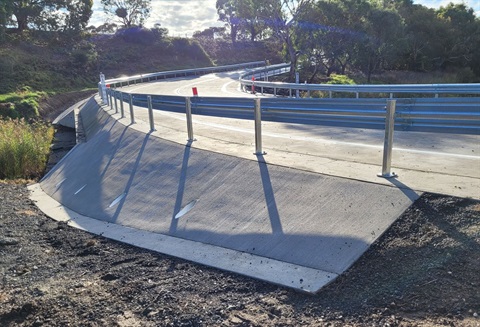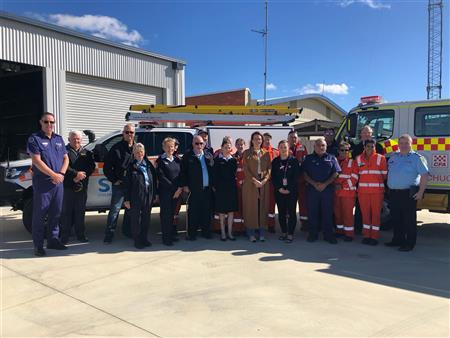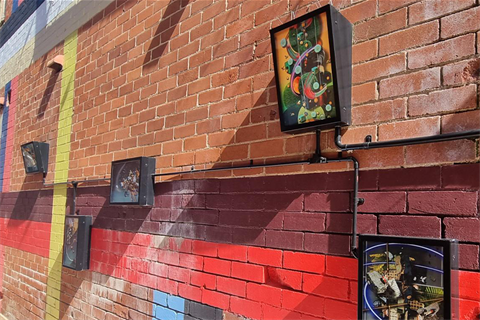As cities constantly evolve, they require careful creative design and planning to earn and maintain the mantle of a ‘great city’.
Recovery from Covid has renewed welcome broad consideration of the planning framework to prioritise ‘form over function’. Whether it is infrastructure, residential and commercial development, or public space, it needs to reflect and connect with context and character. How a building looks and fits into its environment endures longer than what it is being built to be used for today.
Form over function has particular relevance with the city-wide disruption of time and place that we are experiencing during Covid. People’s connection to their local area has been strengthened so that now more than ever, neighbourhood level context must be as carefully considered as that of any major development in a CBD or town centre. Buildings and public spaces have to be flexible and able to convert to meet not just their present goal but also a range of possible future uses. For instance a council car park could turn into a drive-in, food market or pop-up entertainment venue after hours. Buildings and public spaces need to be of a quality and flexibility, so that they ate able to be adapted and transformed into a variety of uses than with a singular function in mind.
Likewise, as people spend more time working from home, office buildings need to be able to be converted temporarily or permanently, to being used for residential, hospitality or simply as places to socialise. This focus on flexibility of usage is crucial to planning and preparing for the ‘new normal’ post-Covid.
During his previous tenure as Planning Minister, Rob Stokes declared his goal of ensuring great design as a critical element of Sydney’s growth, through collaboration between State and local government, communities, business and industry. Design-led approaches to planning great cities means developing strong relationships between buildings and the local landscape, with overriding consideration given as to how they look to the eyes of those who live around or visit them.
As our cities become more compact and populated, communities and the economy will benefit from urban form that enhances productivity through better connectivity with improved transport options. Liveability will be enhanced through quality public spaces that are flexible in their form and usage options.
Good design comes from innovation rather than regulation and Covid has instilled a new boldness and sense of opportunity in professionals and citizens alike, who demand better planning outcomes that are not hindered by red tape and regulation of past thinking. State and local red tape, when applied to the design process, is not only counter-productive but is a drag on our economy. This is further outlined in the Sydney Business Chamber’s Planning Reform paper: ‘Great Cities Don’t Happen By Chance’.
The Sydney Business Chamber held an online forum with The Hon. Rob Stokes MP, Minister for Planning and Public Spaces on 9 September 2020.








